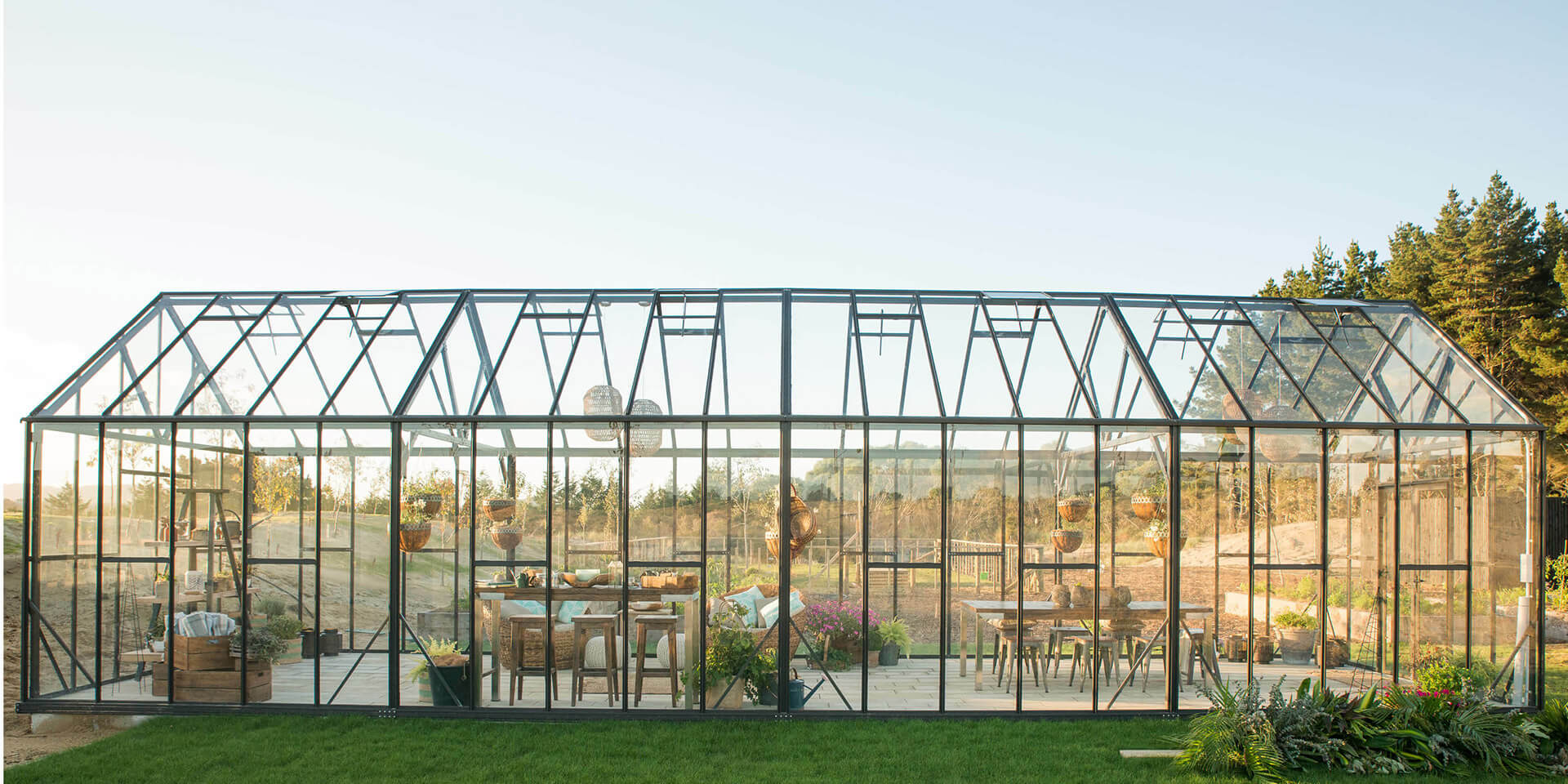Architectural glass houses have long been a staple in modern design, offering a unique blend of sleek aesthetics and functionality. These structures are a testament to the beauty of transparency, allowing natural light to flood the interiors and providing a seamless connection between indoor and outdoor spaces. While glass houses have been around for decades, modern architects are constantly pushing the boundaries of design to create innovative and stunning structures that redefine the concept of living spaces. Let's delve into the world of architectural glass houses and explore the modern twist on this classic design.
The Evolution of Architectural Glass Houses
Architectural glass houses have a rich history that dates back to the early 20th century. The concept of using glass as a primary building material was popularized by renowned architect Ludwig Mies van der Rohe, who designed the iconic Farnsworth House in 1951. Since then, architects around the world have been experimenting with glass to create structures that are not only visually striking but also environmentally sustainable.
Key Features of Architectural Glass Houses
- Transparency: Glass houses are known for their transparent facades, allowing for unobstructed views of the surroundings.
- Natural Light: The use of glass allows natural light to penetrate deep into the interiors, creating a bright and airy atmosphere.
- Minimalist Design: Glass houses often feature clean lines, simple forms, and a minimalist aesthetic that emphasizes openness and simplicity.
- Integration with Nature: By blurring the boundaries between indoor and outdoor spaces, glass houses create a seamless connection with the natural environment.
Modern Interpretations of Architectural Glass Houses
Today, architects are reimagining the concept of architectural glass houses with innovative designs that push the boundaries of creativity and sustainability. These modern interpretations combine cutting-edge technology with timeless design principles to create structures that are both functional and visually stunning.
Sustainable Materials and Design
One of the key trends in modern architectural glass houses is the use of sustainable materials and design practices. Architects are incorporating energy-efficient glass solutions, such as double-glazed windows and low-emissivity coatings, to reduce heat loss and improve thermal performance. Additionally, green roofs, solar panels, and rainwater harvesting systems are being integrated into glass house designs to minimize environmental impact and promote sustainability.
Smart Home Technology
Another emerging trend in architectural glass houses is the integration of smart home technology. From automated lighting and climate control systems to security cameras and voice-activated assistants, modern glass houses are equipped with cutting-edge technology that enhances comfort, convenience, and security for residents.
Innovative Structural Designs
Architects are pushing the boundaries of structural design with innovative techniques that allow for larger expanses of glass and more open floor plans. Cantilevered glass walls, glass floors, and floating staircases are just a few examples of the creative solutions being used to create breathtaking architectural glass houses that defy traditional design norms.
Benefits of Architectural Glass Houses
Architectural glass houses offer a range of benefits that make them an attractive option for modern living. From aesthetic appeal to functional advantages, these structures are designed to enhance the quality of life for residents.
Natural Light and Views
- Maximize natural light: Glass houses allow for abundant natural light to flood the interiors, reducing the need for artificial lighting and creating a bright and inviting atmosphere.
- Unobstructed views: The transparency of glass walls provides unobstructed views of the surrounding landscape, bringing the outdoors inside and creating a seamless connection with nature.
Energy Efficiency
- Improved thermal performance: Energy-efficient glass solutions help regulate indoor temperatures and reduce heating and cooling costs, making glass houses more environmentally friendly and cost-effective to maintain.
- Solar gain: Properly designed glass houses can take advantage of solar gain to passively heat the interiors, reducing the need for artificial heating during the winter months.
Modern Aesthetics
- Sleek and contemporary design: Glass houses exude a sense of modernity and sophistication, with clean lines, minimalist aesthetics, and a seamless integration of indoor and outdoor spaces.
- Timeless appeal: The transparency and simplicity of glass houses give them a timeless quality that transcends trends, making them a classic choice for design enthusiasts.
Conclusion
Architectural glass houses represent a harmonious blend of modern aesthetics and classic design principles, offering a unique living experience that celebrates transparency, light, and connection with nature. With innovative technologies, sustainable practices, and creative design solutions, architects are redefining the boundaries of what is possible with glass as a building material. Whether you are drawn to the sleek lines of contemporary architecture or the timeless appeal of minimalist design, architectural glass houses continue to captivate our imagination and inspire new possibilities for the future of living spaces.

